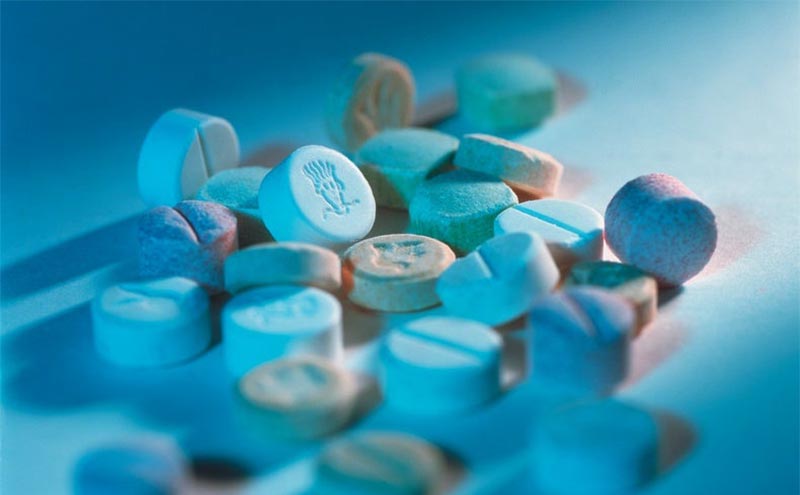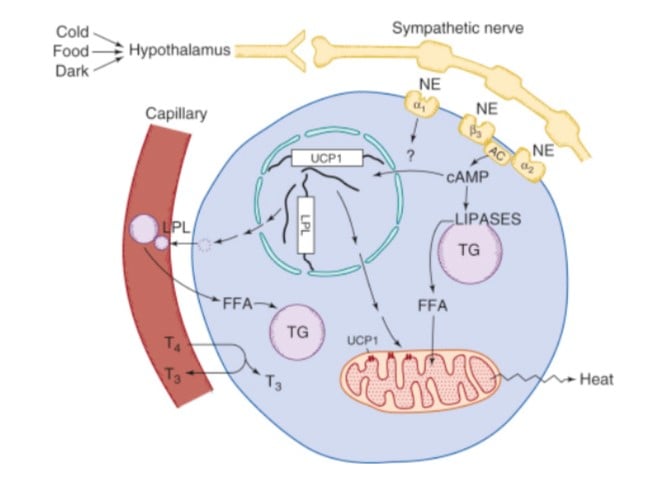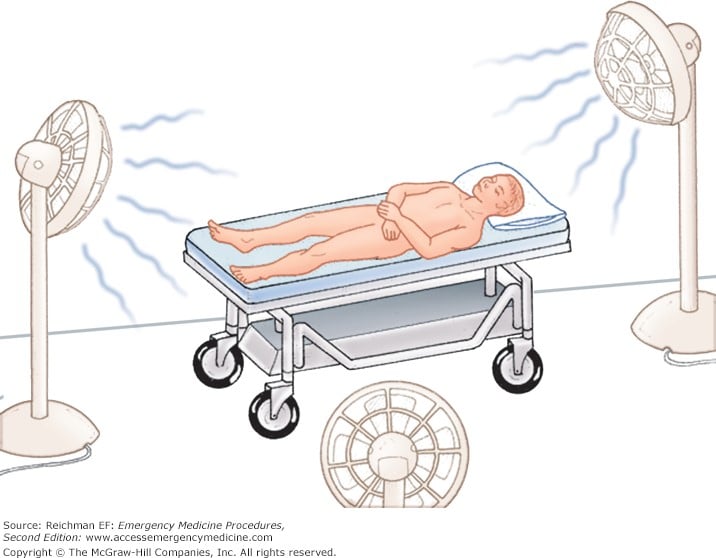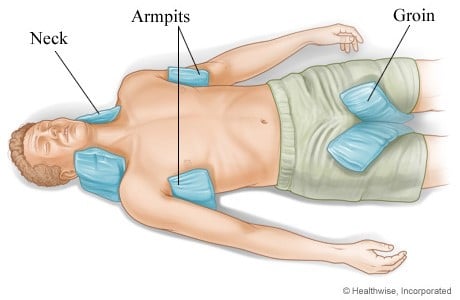
MDMA at a Glance
MDMA (3, 4 methylenedioxymethamphetamine) was first manufactured in the 1920s and found to have structural similarities to both mescaline and amphetamines. Used briefly by some therapists in the 1970s and early 1980s as an adjunct to psychotherapy.
Since the mid-1990s, MDMA has been widely used as an illicit recreational drug known as “ecstasy" by college students and teenagers in large gatherings, known as “rave” or “techno” parties, in Europe and the United States(1, 2).
MDMA Street Names
- Ecstasy, Vitamin E, Molly, Disco biscuits, Lover’s Speed, M&Ms and Adam
Mechanism of action
- MDMA increases the production of the neurotransmitters like serotonin (and also blocks its reabsorption in the brain), dopamine, and norepinephrine.
- Because the affinity of MDMA for serotonin is 10 times greater than that for dopamine and norepinephrine, MDMA produces primarily serotonergic effects(2).
Clinical manifestation
| Serotonergic toxidrome | Sympathomimetic toxidrome | Neuromuscular excitation | Autonomic | CVS | GI |
|
Altered mental status Agitation Tachycardia Myoclonus Hyperreflexia Diaphoresis Tremor Diarrhea Incoordination Muscle rigidity Hyperthermia |
Anxiety Delusions Diaphoresis Hyperreflexia Mydriasis Paranoia Seizures |
Hyperreflexia Tremor |
Hyperthermia Diaphoresis Flushing Mydriasis |
Tachycardia Hypertension Myocardial depression Arrhythmias |
Nausea Vomiting Diarrhea |
MDMA Toxicokinetic:
- Half-life is 5-10 hours
- Increases the chances of dehydration, hypertension, heart or kidney failure, and increased body temperature, which can lead to death.
Why the Heat??
Regulation body temperature is complex and requires a balance between heat production and dissipation. In terms of heat production, all stimulant drugs like MDMA increase CNS metabolic activity, direct effects of the drug on the serotonin, dopaminergic, and adrenergic systems, therefore potentially hyperthermic (1, 3). In humans the main physiological route for heat dissipation is peripheral vasodilatation, with more warm blood to the skin, increased skin temperature, and heightened sweating to facilitate heat loss(3).
Thermogenesis Made Simple
Shivering: It produces heat because the conversion of the ATP into kinetic energy causes almost all of the energy to show up as heat
Non-Shivering
Non-shivering thermogenesis is defined as an increase in metabolic heat production (above the basal metabolism) that is not associated with muscle activity. It occurs mainly through metabolism in brown fat and to a lesser degree in skeletal muscle, liver, brain, and white fat.

Figure1. Function of the brown fat cell(4) In response to cold, brown fat is activated through sympathetic signaling. Norepinephrine activates β3-adrenergic receptors on the brown adipocytes, initiating lipolysis of the intracellular triglyceride storage(4). Free fatty acids are released as substrate, triggering mitochondrial respiration, which generates a mitochondrial membrane potential(5). However, instead of producing ATP, the mitochondrial membrane potential is uncoupled through the brown fat specific protein: Mitochondrial brown fat uncoupling protein 1 (UCP1), resulting in dissipation of the energy as heat(4, 5).
Important management tips:


- Very Rapid Cooling
- Sedation with Benzodiazepines
Complications of MDMA-related Hyperpyrexia
- Delirium and agitation
- Seizures
- Rhabdomyolysis
- Hyperkalemia
- Arrhythmias
- Metabolic acidosis
- Myocardial ischemia
- Cerebral ischemia
- Cerebral edema
- Acute kidney injury
- Pulmonary edema
- Acute respiratory distress syndrome
- Hepatotoxicity
- Coagulopathy
- Shock necessitating vasopressor / inotropic support
References:
- Patel MM, Belson MG, Longwater AB, Olson KR, Miller MA. Methylenedioxymethamphetamine (ecstasy)-related hyperthermia. J Emerg Med. 2005;29(4):451-4.
- Nelson L. Goldfrank's toxicologic emergencies2019.
- Parrott AC. MDMA and temperature: a review of the thermal effects of 'Ecstasy' in humans. Drug Alcohol Depend. 2012;121(1-2):1-9.
- Sahni R. 46 - Temperature Control in Newborn Infants. In: Polin RA, Abman SH, Rowitch DH, Benitz WE, Fox WW, editors. Fetal and Neonatal Physiology (Fifth Edition): Elsevier; 2017. p. 459-82.e2.
- Parrott AC. MDMA and temperature: A review of the thermal effects of ‘Ecstasy’ in humans. Drug and Alcohol Dependence. 2012;121(1):1-9.
Shaikhah Alotaibi,MD
Medical Toxicology Fellow/ Emory University



